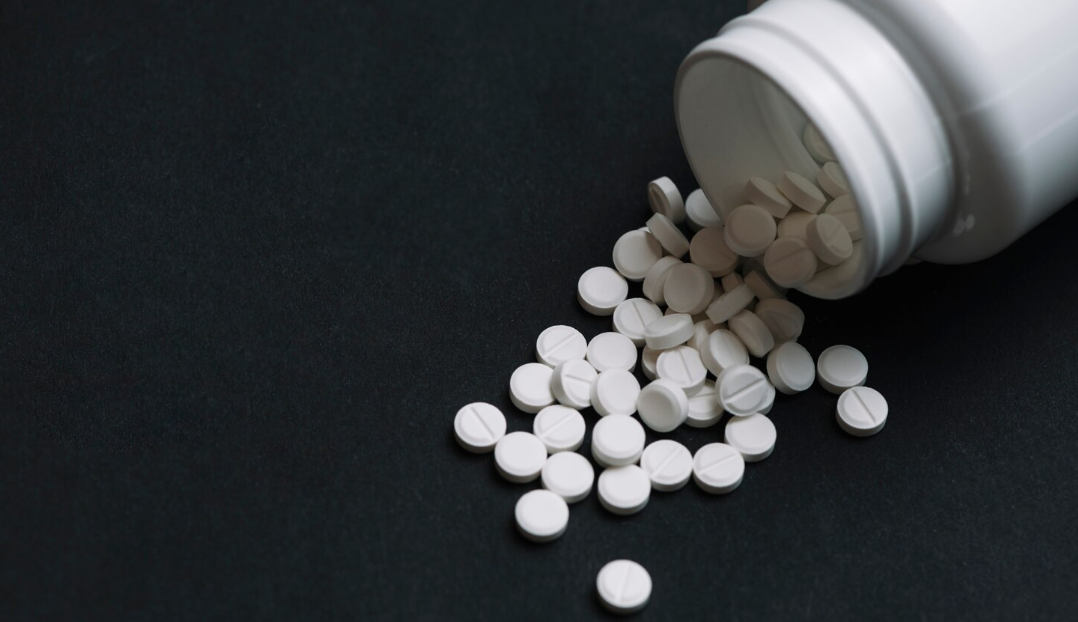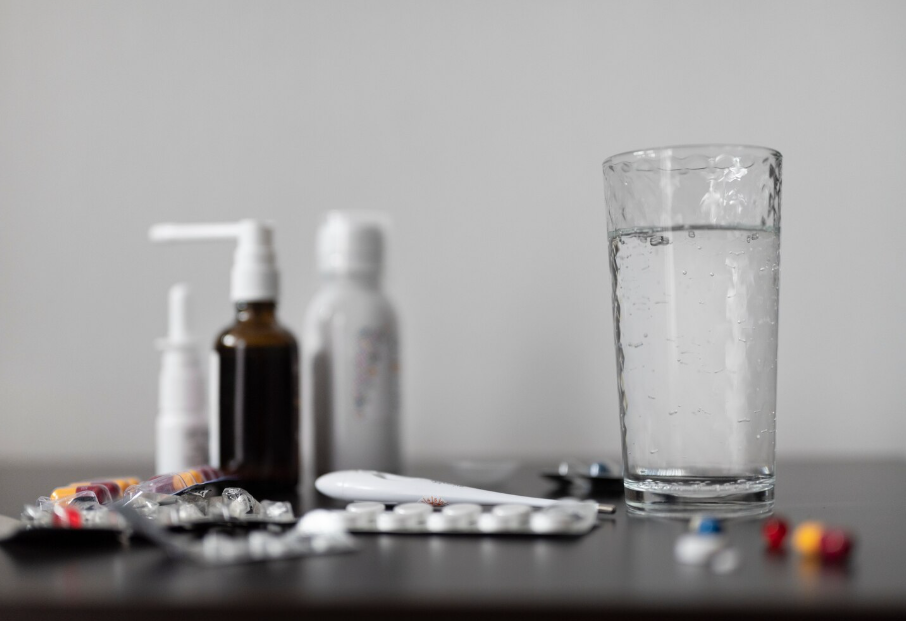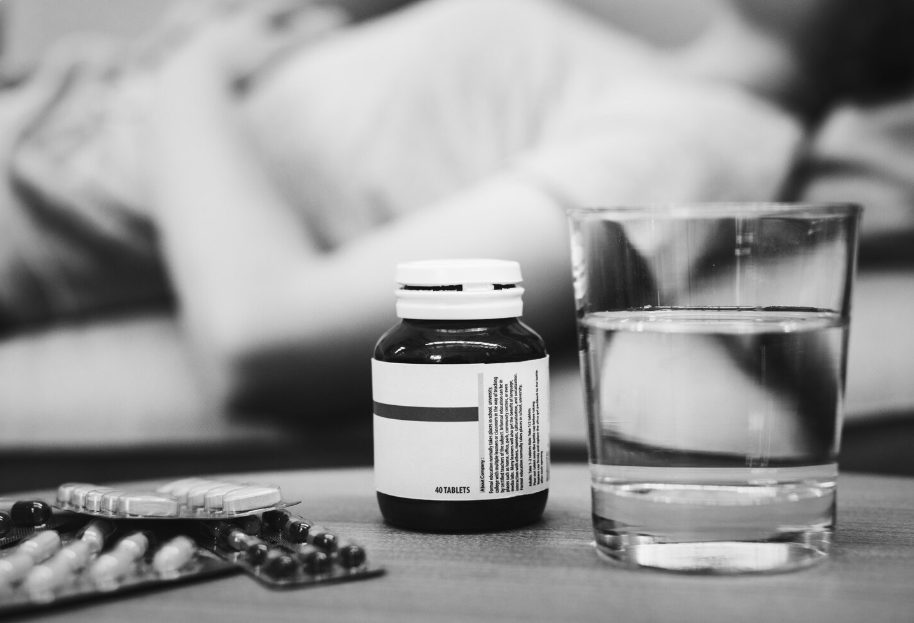Understanding Alcohol Content in Wine
In order to comprehend the potential effects of wine consumption on intoxication levels, it is essential to understand the alcohol content present in wine and the factors that can affect it.

Alcohol Percentage in Wine
The alcohol percentage in wine refers to the amount of alcohol by volume (ABV) present in the beverage. It is typically expressed as a percentage. The alcohol content in wine can vary significantly depending on the type of wine, the fermentation process, and other factors.
Different types of wine may have different alcohol percentages. Generally, wines can range from 5% ABV for some light-bodied wines, such as Moscato or Riesling, to 15% ABV or higher for certain full-bodied wines, such as Zinfandel or Shiraz.
To give you a better understanding, here is a table showcasing the approximate alcohol percentages commonly found in different types of wine:
It is important to note that these figures are approximate and can vary depending on the wine producer and specific wine varietals.
Factors Affecting Alcohol Content
Several factors can influence the alcohol content in wine. These include:
- Grape Varieties: Different grape varieties have varying sugar levels, which can affect the alcohol content after fermentation. Some grape varieties naturally produce higher sugar levels, resulting in higher alcohol percentages.
- Climate and Ripeness: The climate in which grapes are grown plays a role in sugar development. Warmer climates tend to yield riper grapes with higher sugar levels, potentially leading to higher alcohol content.
- Fermentation Process: The length of fermentation, as well as the yeast strains used, can impact the conversion of sugar to alcohol during the fermentation process.
- Wine Production Techniques: Winemakers have some control over the alcohol content by adjusting factors such as fermentation temperature, yeast selection, and the decision of whether or not to halt fermentation prematurely.
Understanding the alcohol content in wine is essential for assessing the potential effects of wine consumption on intoxication levels. It is crucial to be aware of the alcohol percentage in the wine you are consuming and to drink responsibly.
The Effects of Alcohol on the Body
To understand the effects of wine on the body, it's important to delve into how alcohol is metabolized and the concept of Blood Alcohol Concentration (BAC) levels.
How Alcohol is Metabolized?
When alcohol is consumed, it undergoes a process of metabolism in the body. The majority of alcohol is metabolized in the liver through a series of chemical reactions. The liver produces enzymes, such as alcohol dehydrogenase, which break down the alcohol into acetaldehyde and further into acetic acid. From there, the body can utilize these byproducts for energy or eliminate them.
The rate at which alcohol is metabolized varies from person to person. Factors such as body weight, metabolism, and liver function can influence the speed at which alcohol is processed. It's important to note that the metabolism of alcohol takes time, and the body can typically eliminate around one standard drink per hour. However, drinking excessively or consuming alcohol at a faster rate can lead to the accumulation of alcohol in the bloodstream, resulting in an increase in BAC levels.
Blood Alcohol Concentration (BAC) Levels
Blood Alcohol Concentration (BAC) is a measure of the amount of alcohol present in a person's bloodstream. It is typically expressed as a percentage. BAC levels can be influenced by various factors, including the amount and rate of alcohol consumption, body weight, gender, and tolerance to alcohol.
Different BAC levels can have varying effects on the body. As BAC increases, the impairment of cognitive and motor functions becomes more pronounced. The legal BAC limit for driving varies by jurisdiction, but it is generally set at 0.08% in many countries. It's important to remember that even at lower BAC levels, alcohol can still impair judgment and coordination, affecting one's ability to perform tasks safely.
Understanding the effects of alcohol on the body, including its metabolism and the concept of BAC levels, allows individuals to make informed decisions regarding their alcohol consumption. It's important to prioritize responsible drinking and be aware of the potential risks associated with excessive alcohol intake. If you or someone you know is struggling with alcohol addiction or alcoholism, it's recommended to seek professional help and support.
Wine and Intoxication
When it comes to the effects of wine, one common question that arises is whether wine can make you drunk. In this section, we will explore the relationship between wine and intoxication, as well as the factors that can influence the level of intoxication.
Can Wine Make You Drunk?
Yes, wine has the potential to make you drunk. The main intoxicating component in wine is alcohol, specifically ethanol. Ethanol affects the central nervous system, leading to various physiological and psychological effects. The alcohol content in wine can vary depending on several factors, such as the type of wine and the fermentation process.
To determine whether wine will make you drunk, it's important to consider your individual tolerance, the quantity of wine consumed, and the rate at which you consume it. The effects of wine can vary from person to person based on factors such as body weight, metabolism, and alcohol tolerance.
Factors Influencing Intoxication Levels
Several factors influence the level of intoxication one experiences after consuming wine. These factors include:
- Alcohol Content: The higher the alcohol content in the wine, the more potent its intoxicating effects. It's important to be aware of the alcohol percentage in the wine you are consuming and drink responsibly.
- Quantity Consumed: The amount of wine you consume directly affects the level of intoxication. As you consume more wine, the alcohol accumulates in your bloodstream, leading to increased intoxication.
- Rate of Consumption: The speed at which you consume wine can also impact intoxication. Drinking wine rapidly can lead to a quicker rise in blood alcohol concentration (BAC) levels, increasing the likelihood of becoming drunk.
- Food Consumption: Consuming food before or while drinking wine can slow down the absorption of alcohol into the bloodstream, potentially reducing the rate of intoxication. It is recommended to have food in your stomach when drinking to help mitigate the effects of alcohol.
- Body Weight and Metabolism: Body weight and metabolism play a role in how alcohol is processed by the body. Individuals with lower body weight and slower metabolism may experience a higher level of intoxication compared to those with higher body weight and faster metabolism.
It's important to note that wine drunk and the effects of alcohol can vary from person to person. Some individuals may be more sensitive to alcohol, while others may have a higher tolerance. It's crucial to drink responsibly and be aware of your own limits.
Moderate Wine Consumption
When it comes to wine consumption, moderation is key. Enjoying wine in moderation can provide a pleasant experience without leading to intoxication or negative health effects. Understanding the recommended guidelines for moderate drinking and the potential benefits of moderate wine consumption is essential.
Recommended Guidelines for Moderate Drinking
Moderate drinking is defined as the consumption of alcoholic beverages within recommended limits. These limits are typically established by health organizations and may vary by country. The following table provides a general overview of the recommended guidelines for moderate drinking:
Note: The recommended limits may vary based on individual factors such as body weight, metabolism, and overall health. It's important to consult with a healthcare professional for personalized advice.
Benefits of Moderate Wine Consumption
Moderate wine consumption, when done responsibly, can offer certain health benefits. It's important to note that these benefits are associated with moderate drinking as part of a balanced lifestyle and do not justify excessive alcohol consumption. Some potential benefits of moderate wine consumption include:
- Reduction in cardiovascular risk: Moderate wine consumption, particularly red wine, has been linked to a potential decrease in the risk of cardiovascular diseases. This is thought to be due to the presence of antioxidants, such as resveratrol, in red wine. These antioxidants may help protect against the formation of blood clots and reduce inflammation.
- Improved heart health: Studies suggest that moderate wine consumption may contribute to the improvement of certain cardiovascular markers, such as increased levels of high-density lipoprotein (HDL) cholesterol (the "good" cholesterol) and improved blood vessel function.
- Potential cognitive benefits: Some research indicates that moderate wine consumption, specifically red wine, may be associated with a decreased risk of cognitive decline and certain neurological conditions, such as Alzheimer's disease. However, it's important to note that more research is needed to fully understand these potential benefits.
- Social and relaxation aspects: Wine, when enjoyed in moderation, can enhance social interactions and contribute to a relaxing and enjoyable experience. It can be a part of cultural traditions and social gatherings, fostering a sense of connection and well-being.
It's important to remember that the potential benefits of moderate wine consumption should be balanced with the potential risks associated with alcohol consumption. It's always advisable to make informed decisions about alcohol consumption based on individual circumstances and to seek professional guidance if you have concerns about addiction or alcoholism.
Understanding the recommended guidelines for moderate drinking and the potential benefits of responsible wine consumption can help individuals make informed choices about their alcohol consumption and enjoy wine in a manner that promotes overall well-being.
Risks and Considerations
While wine can be enjoyed responsibly in moderation, it's important to be aware of the potential risks and considerations associated with alcohol consumption. This section will explore the topics of alcohol addiction and alcoholism, individual differences in alcohol tolerance, and the potential health risks of excessive drinking.
Alcohol Addiction and Alcoholism
Alcohol addiction, also known as alcoholism, is a chronic disease characterized by the inability to control or stop drinking despite negative consequences. It is important to recognize the signs and symptoms of alcohol addiction, as early intervention and treatment can make a significant difference in one's well-being.
Individuals with a history of alcoholism or those who have a family history of alcohol addiction should exercise caution when consuming wine or any alcoholic beverages. The potential for developing alcohol addiction can be influenced by various factors, including genetic, environmental, and psychological elements. If you or someone you know is struggling with alcohol addiction, it is essential to seek professional help and support.
Individual Differences in Alcohol Tolerance
Individuals differ in their tolerance to alcohol, which is influenced by various factors such as body weight, metabolism, and overall health. While some individuals may be able to consume moderate amounts of wine without feeling intoxicated, others may experience the effects of alcohol more strongly.
It is important to understand your own alcohol tolerance and to drink responsibly. Factors such as age, sex, and the presence of certain medical conditions can also affect alcohol tolerance. If you are unsure about your alcohol tolerance or have concerns about how wine may affect you, it is advisable to consult with a healthcare professional.
Potential Health Risks of Excessive Drinking
Excessive drinking of wine or any alcoholic beverage can have detrimental effects on both physical and mental health. It's important to be aware of the potential health risks associated with excessive alcohol consumption. These risks may include liver damage, cardiovascular problems, increased risk of certain cancers, and negative effects on mental health.
The table below provides an overview of the potential health risks associated with excessive drinking:
It is important to note that these risks are associated with excessive drinking and do not apply to moderate wine consumption.
Understanding the potential risks and considerations associated with alcohol consumption can help individuals make informed decisions about their wine consumption and prioritize their overall well-being. If you have concerns about your alcohol consumption or feel that you may be developing unhealthy drinking habits, seeking professional guidance is crucial. Remember, responsible and moderate wine consumption is key to enjoying the pleasures of wine while minimizing the potential risks.


.jpg)





.png)
.png)
.png)
.png)